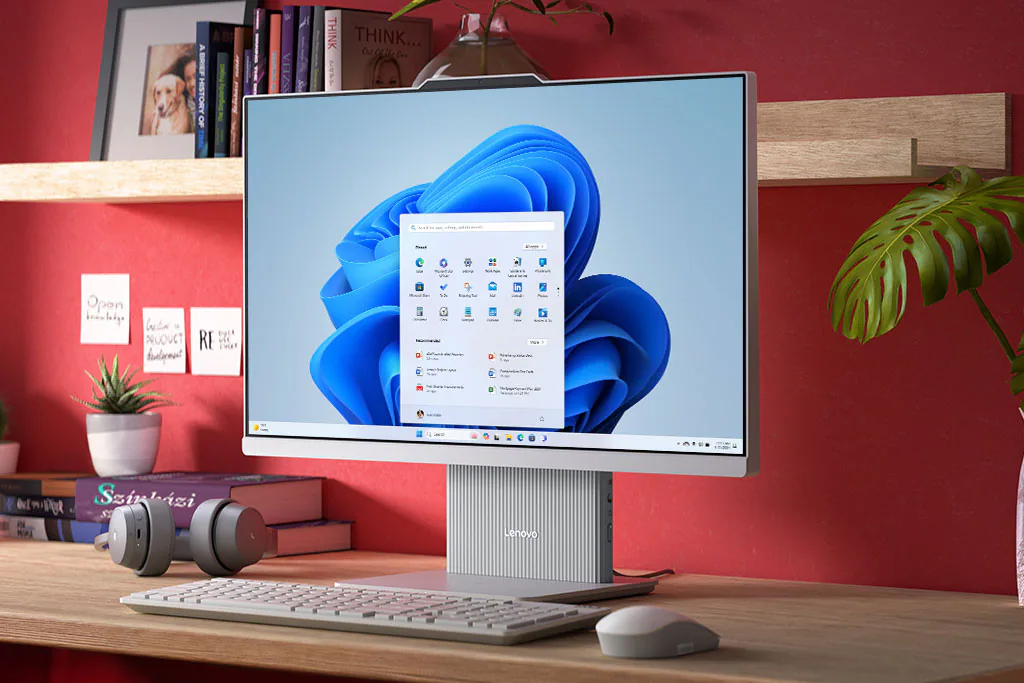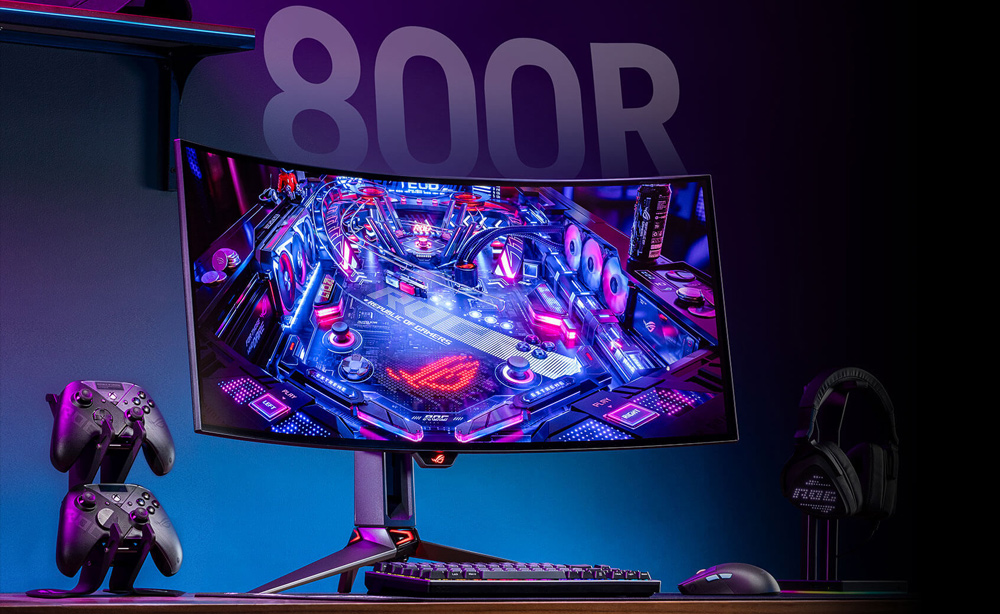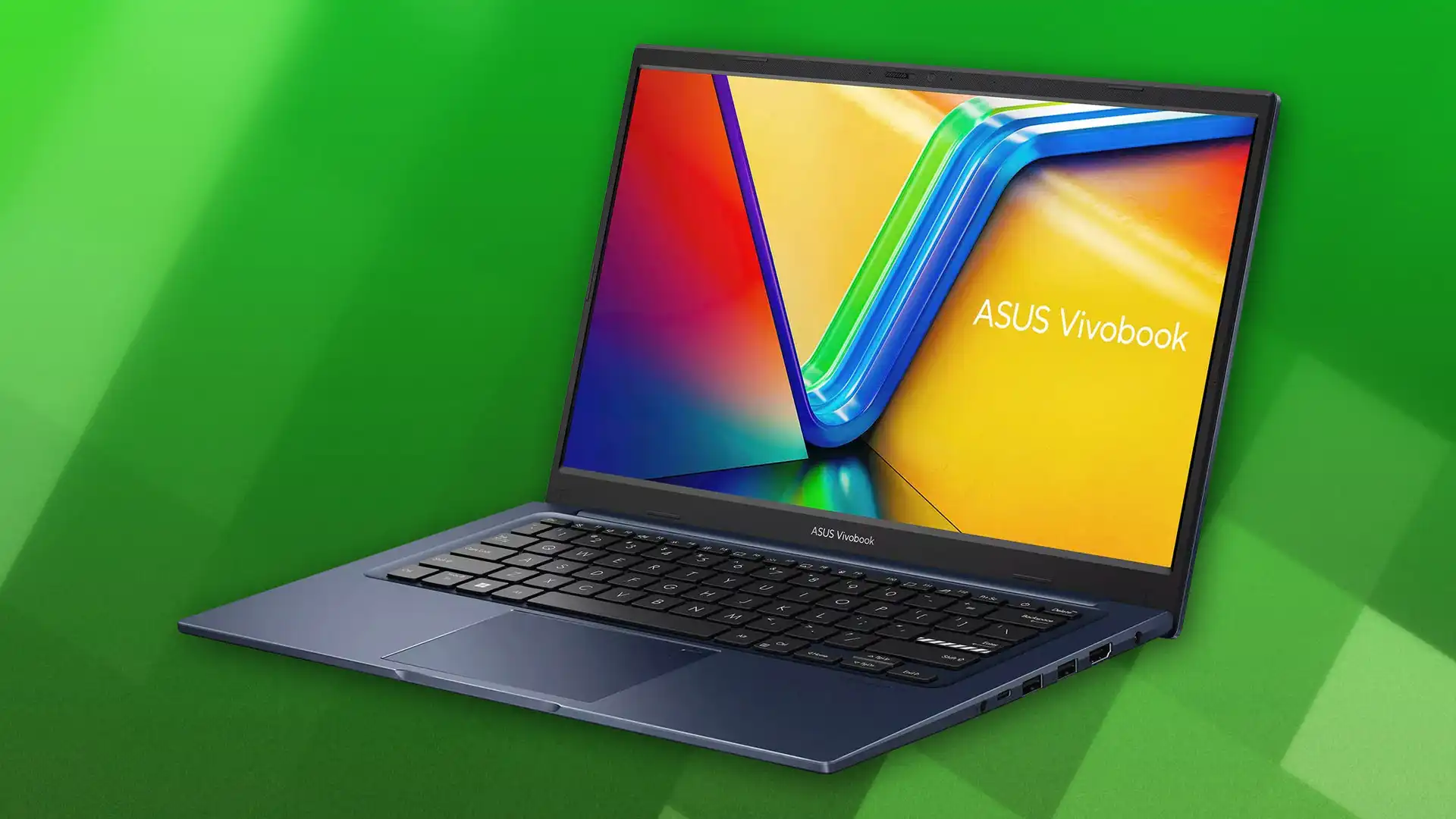
Microsoft Declares 2025 the Year of the Windows 11 PC Refresh: Why You Should Act Now
In a recent announcement, Microsoft declared that 2025 will be the “year of the Windows 11 PC refresh”, signaling the impending end of official support for Windows 10 in October. For millions of users still relying on the aging operating system, the clock is ticking. While many may consider delaying the switch to Windows 11 until the deadline, experts warn that doing so could expose PCs to escalating security risks in the months leading up to and following the end of support.
Windows 10 remains the dominant desktop operating system globally, with 65% market share according to Statista, but this widespread use also makes it a significant target for cyber threats. Security expert Thorsten Urbanski has voiced urgent concerns about the situation, describing Windows 10 PCs as “ticking time bombs”. Urbanski warns that the risk of cyberattacks, data breaches, and ransomware will only grow as support winds down and Microsoft diverts its focus entirely to Windows 11. For businesses, failing to upgrade promptly could lead to severe consequences, including potential liability for damages caused by operating on unsupported systems. “It’s five minutes to midnight to avoid a security fiasco for 2025,” Urbanski cautioned, urging users and organizations to transition to Windows 11 sooner rather than later.
The consequences of delaying the upgrade are far-reaching. Once support ends, new vulnerabilities in Windows 10 will no longer be patched, leaving systems exposed to attackers. Even businesses that pay for extended support are only delaying the inevitable and could face higher costs without guarantees of comprehensive protection. For individual users, relying on an outdated system could result in devastating data loss or even identity theft.
For those whose hardware supports it, upgrading to Windows 11 now is the most secure option. Microsoft has heavily emphasized the enhanced security features of Windows 11, such as hardware-based protections powered by TPM 2.0. These measures are designed to safeguard systems against modern threats, making the upgrade not just a luxury but a necessity in today’s cybersecurity landscape.
Challenges for Incompatible PCs: What Are the Options?
The transition to Windows 11, however, isn’t straightforward for everyone. The operating system’s strict hardware requirements, particularly the TPM 2.0 mandate, have left many older PCs unable to upgrade. For users with incompatible devices, this presents a challenging dilemma: upgrade their hardware, purchase a new computer, or seek alternative solutions.
Some users might consider bypassing Windows 11’s hardware restrictions, but doing so comes with significant drawbacks. Systems running Windows 11 on unsupported hardware will not receive critical updates and will leave users liable for any issues that arise. This approach compromises security and negates the very protections that Windows 11 is designed to provide.
For those unwilling or unable to purchase new hardware, switching to a Linux-based operating system might be the most viable alternative. Linux distributions offer robust security and are well-suited for older hardware, providing a practical path forward without the vulnerabilities of an unsupported Windows system. Continuing to use Windows 10 after its end of life, however, is the riskiest choice. Unsupported systems will become increasingly vulnerable to exploits, leaving users exposed to potentially catastrophic cyberattacks.
In conclusion, the time to act is now. Waiting until the final months before October 2025 to upgrade will only compound the risks and challenges of transitioning to a secure system. Whether it’s upgrading to Windows 11, investing in new hardware, or exploring alternative operating systems, taking proactive steps today can help ensure that your data and devices remain safe in an increasingly dangerous digital landscape.




